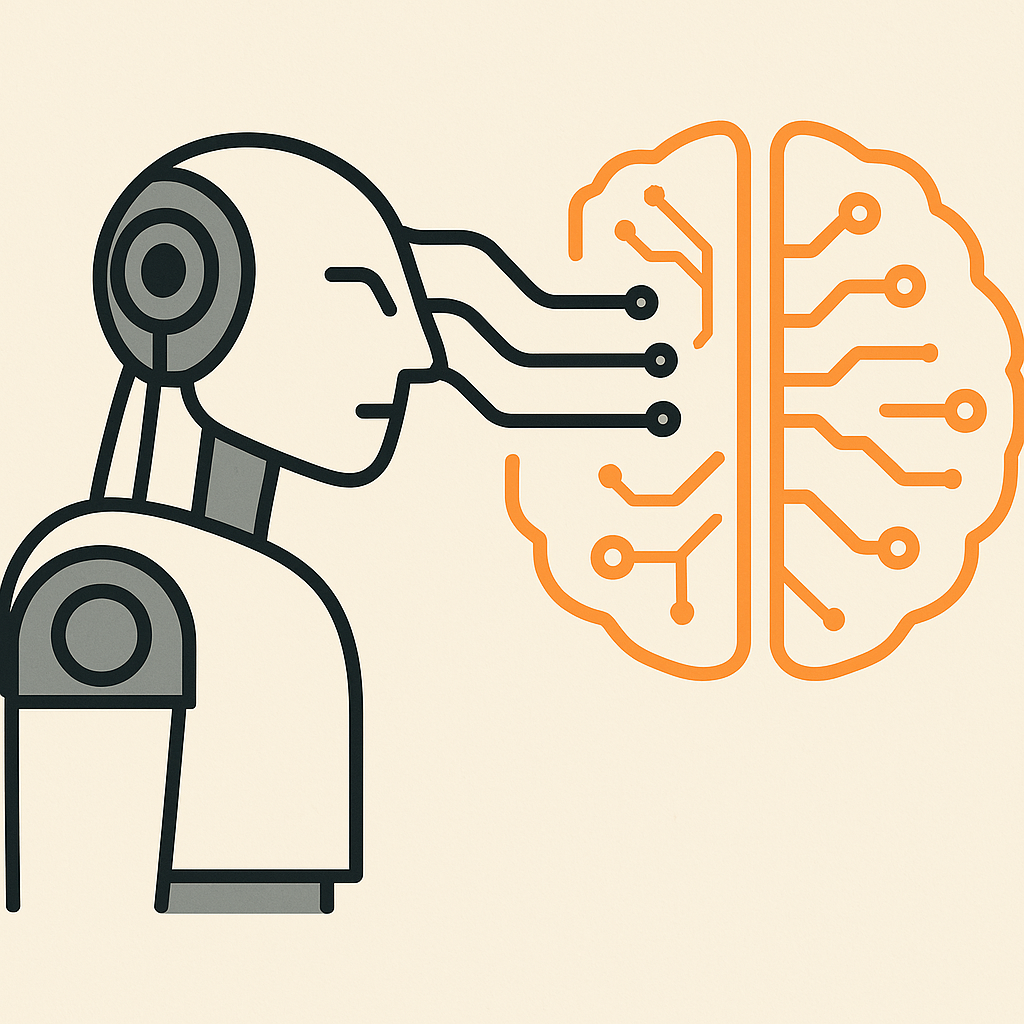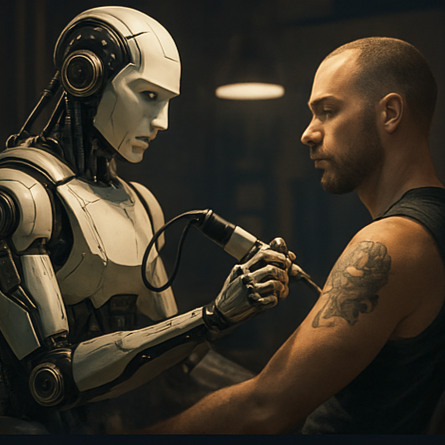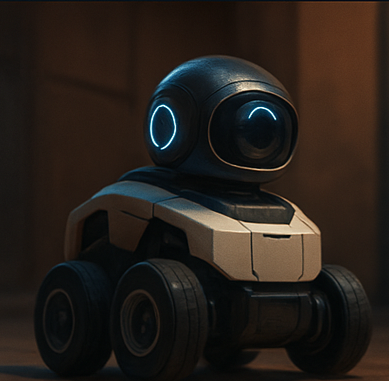Chip Deez Robotics Update on the Wildest Moves in AI-Powered Machines

🧠 Genesis AI: The Universal Robot Brain Is Coming
Read the full story on The Robot Report ↗
Genesis AI just emerged from stealth with $105M in funding from Eclipse, Khosla Ventures, Eric Schmidt, and Xavier Niel. Their goal? Build a universal robotics foundation model (RFM)—a single AI brain that can power any robot, anywhere.
Key Moves:
- Simulation-first training: They’re generating synthetic data using a proprietary physics engine, bypassing Nvidia’s stack.
- Dual data engine: Combines synthetic and real-world robot data for robust learning.
- Open-source plans: Genesis will release parts of its model and data engine to accelerate global robotics development.
Cultural Impact:
This could birth a new class of gig-economy robots—one AI brain hopping across delivery bots, surgical assistants, and warehouse pickers. But as bots become generalists, we’ll need to rethink labor, ethics, and identity in a world where machines multitask better than humans.

🇨🇳 China’s Chip Gambit: Robotics Without U.S. Silicon
Full coverage via ChinaTechHub ↗
China is rapidly decoupling its robotics industry from U.S. chip dependencies, with domestic suppliers now powering 47% of newly installed industrial robots in China as of 2023.
Strategic Moves:
- $140B robotics fund launched by the National Development and Reform Commission (NDRC).
- Domestic chip breakthroughs: Companies like Loongson and D-Robotics are building CPUs and SoCs tailored for embodied AI and humanoid robots.
- Huawei’s push: Injected $413M into Dongguan Jimu Machinery and launched an embodied AI hub in Shenzhen.
Implications:
This is more than supply chain resilience—it’s a robotics cold war. China’s humanoid bots are increasingly powered by homegrown chips, signaling a future where AI sovereignty becomes a geopolitical battleground.

🎨 Blackdot’s Tattoo Robot: Precision Ink Meets AI
Explore Blackdot’s tech ↗ | Coverage from TattooValue.net ↗
Blackdot’s A.E.R.O. tattoo robot is now live at Bang Bang Tattoo in NYC. It uses lasers, computer vision, and AI to ink designs with micron-level precision.
Features:
- Triple-needle robotic arm adapts to skin depth in real time.
- Artists can license designs for robotic replication.
- Tattoos cost between $400–$8,000, plus a $1,800 execution fee.
Cultural Remix:
This could democratize tattoo artistry—imagine NFT-linked tattoos, AI-curated body art, and global design licensing. But it also raises questions about cultural nuance, especially for skin tones and symbolic ink.

👁️ LENS: Brain-Inspired Robot Vision from Queensland
Full article from QUT ↗ | Science News breakdown ↗
Queensland University of Technology unveiled LENS, a neuromorphic vision system that mimics human eyes and brains—using just 10% of the energy of traditional robot vision.
Tech Specs:
- Combines an event camera with a spiking neural network.
- Runs on SynSense’s Speck chip, enabling real-time localization.
- Recognizes locations using only 180KB of storage across 8km of travel.
Societal Impact:
This could power eco-efficient microrobots for space, medical diagnostics, and disaster zones. Think of it as the punk rock of robot vision—lean, local, and low-power.

🧪 MIT’s Semiconductor Testing Bot: Lab Assistant 2.0
MIT built a robotic probe that autonomously tests photoconductance in semiconductor materials—crucial for solar panels and sensors.
Highlights:
- Uses self-supervised learning to pick optimal probe points.
- Achieves 125+ measurements/hour, outperforming other AI models.
- Can test thousands of samples in a single day.
Why It Matters:
This speeds up discovery of next-gen solar materials, pushing us closer to autonomous labs that blend robotics, AI, and scientific intuition.

⚡ Quick in Robotics: Still Nutty, Still Potent
| 🌟 Topic | 💡 What’s Up | 🪄 Cultural Signals |
|---|---|---|
| 🧍♂️ K-Scale Humanoids | Open-source bot at $9K | Maker-friendly robotics—expect DIY humanoid hackers |
| 🤠 “Jake the Rizzbot” | Compliment-spewing cowboy bot in Austin | TikTok’s next influencer might be synthetic |
| 🧠 Tacta Systems | $75M for spatial awareness tech | Smarter bots = less uncanny valley, more empathy |
| 🎮 East Anglia Study | Robots feel more human during gameplay | Co-op mode for human-machine bonding |
| 🧗 Agibot X2-N | Switches from wheels to legs | Hybrid mobility for disaster zones and delivery |
| 🦾 Robotera Q5 | 44 degrees of freedom | Fluid gestures for intuitive interfaces |
| 🏭 Yamaha Merges | Consolidates robotics divisions | Subtlety and specialization in industrial bots |
| ⛏️ U.S. Mining Market | Projected to hit $2.69B by 2031 | Ethics, labor, and climate collide in robotic extraction |
Please feel free to leave comments and concerns below or Contact Us if you have any questions.
- The $6B Fusion Pivot: The Trump Media–TAE Merger (and the Internet Rumors It Accidentally Ignited)
- DOE’s Genesis Mission: The Federal AI Grid Behind the Collaboration Hype
- Stanford’s AI Experts Predict 2026: From Evangelism to Evaluation
- “Trump’s U.S. Tech Force-Innovation or Bureaucracy in Disguise?”
- Drone Swarms, AI, and the March Toward Automated Control: A Warning for Humanity


Leave a Reply